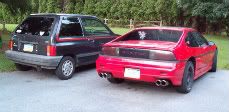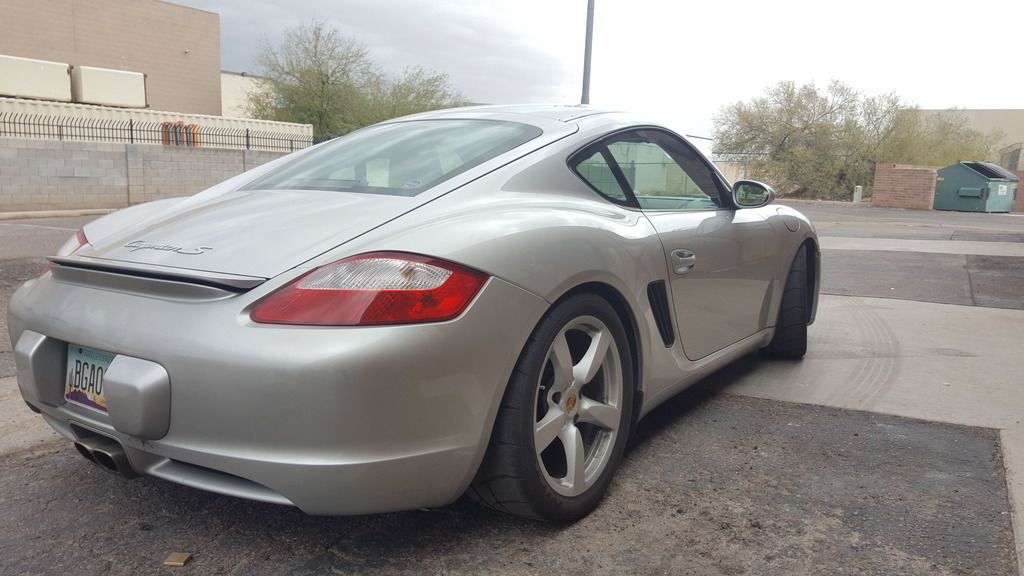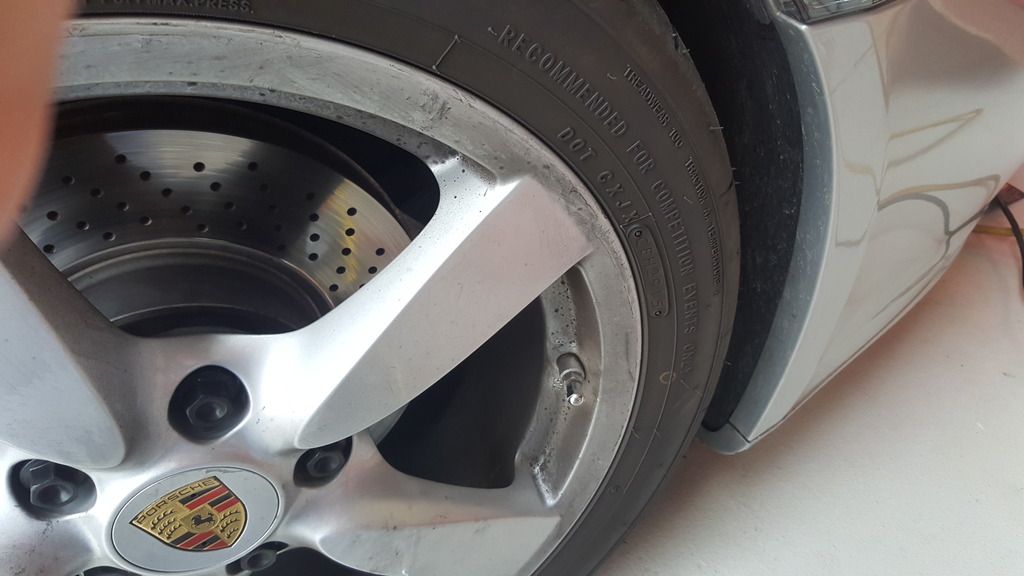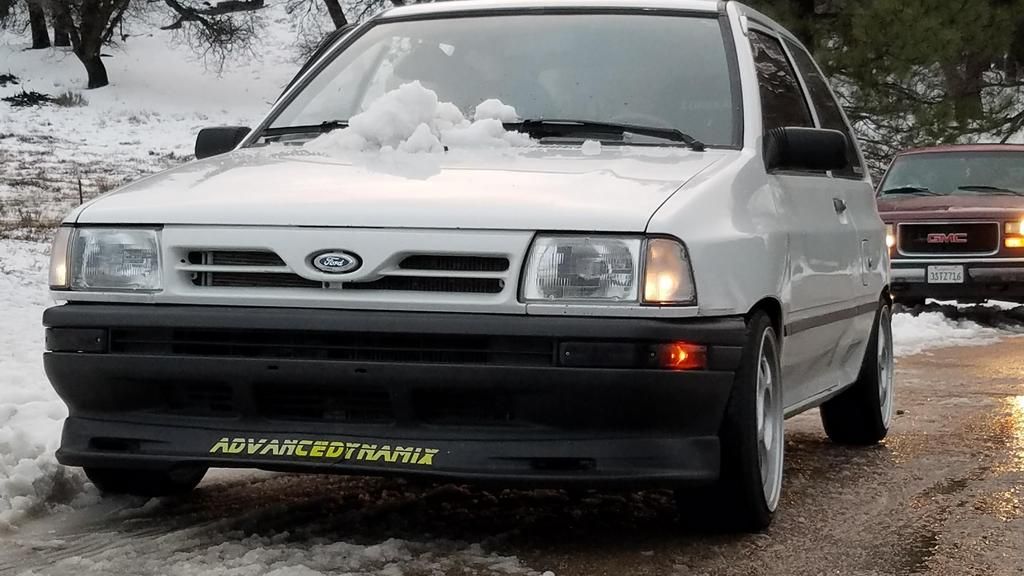The PO who was tracking my car for 13 years was using 215/45/13s on a 6" wide wheel. Way too much flex for my taste, but great grip. I switched to the larger wheel width, narrower tire width, and am getting a much better balance for my driving style (rwd bias). I can snap the rear end loose easier with trailing throttle oversteer. I can tell you that i would be outright terrified to be in the car on 165s unless it was on the track.
Maybe I'm still on the "wider is better" bandwagon, but I'm fitting tires sized appropriately for the wheel width and am not stretching. I have very little racecar experience, but a ton of trackrat time. Not basing my decisions on F1 screenings, but rather on seat time and driving experience. And a g tech sensor, so there is some data to backup my claims.
Advanced has certainly REwritten the suspension bible around here, so I'm very excited to try some narrower width wheels and tires. I can imagine the tossability goes up, lateral grip goes down. Track timea go ???
Thanks and sorry for threadjacking
Maybe I'm still on the "wider is better" bandwagon, but I'm fitting tires sized appropriately for the wheel width and am not stretching. I have very little racecar experience, but a ton of trackrat time. Not basing my decisions on F1 screenings, but rather on seat time and driving experience. And a g tech sensor, so there is some data to backup my claims.
Advanced has certainly REwritten the suspension bible around here, so I'm very excited to try some narrower width wheels and tires. I can imagine the tossability goes up, lateral grip goes down. Track timea go ???
Thanks and sorry for threadjacking
 you said you would be terrified to drive the car on the street with 165's, why is that? A lot of us use 145's and drive like hooligans, lol....
you said you would be terrified to drive the car on the street with 165's, why is that? A lot of us use 145's and drive like hooligans, lol....



Comment